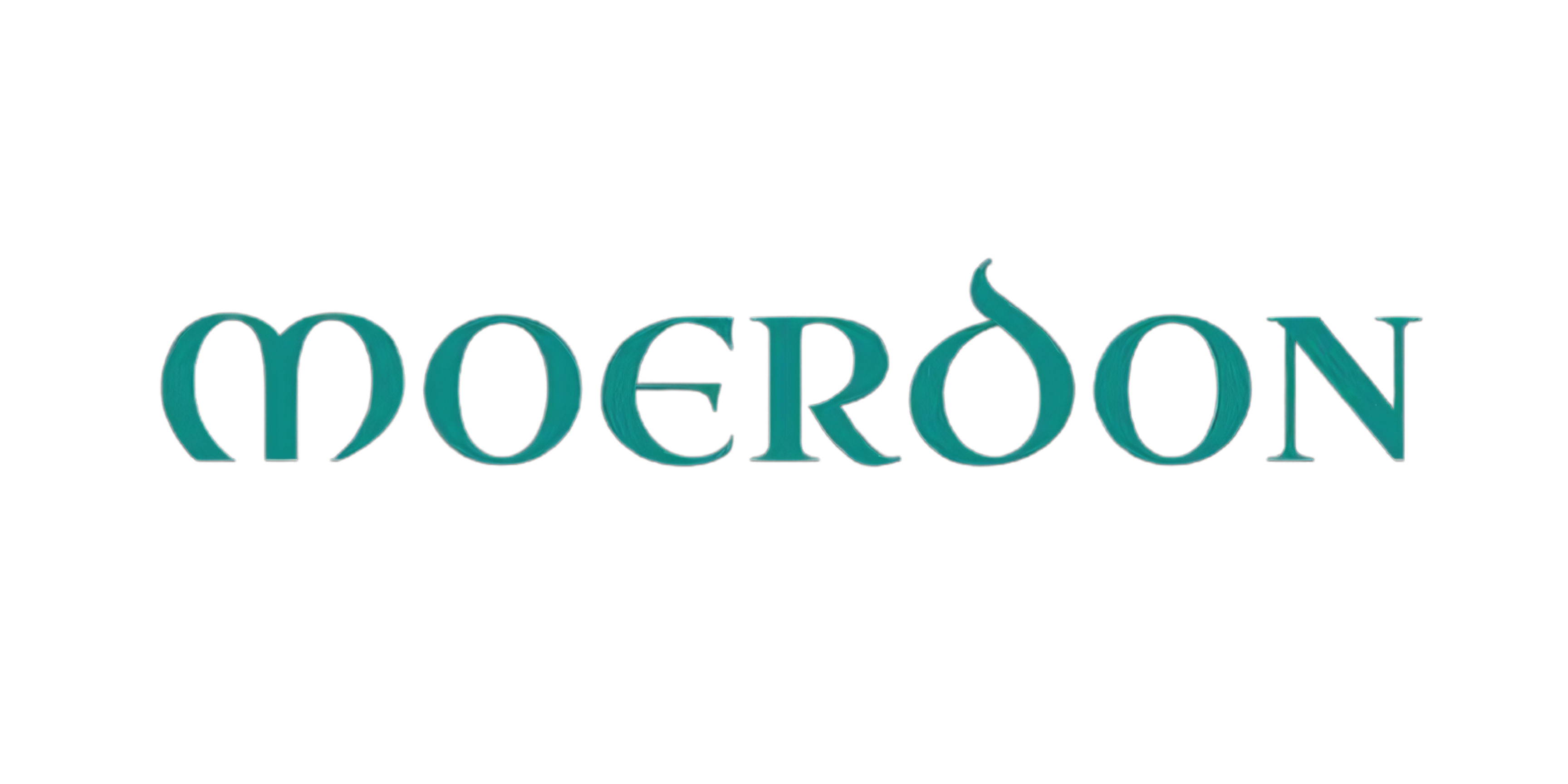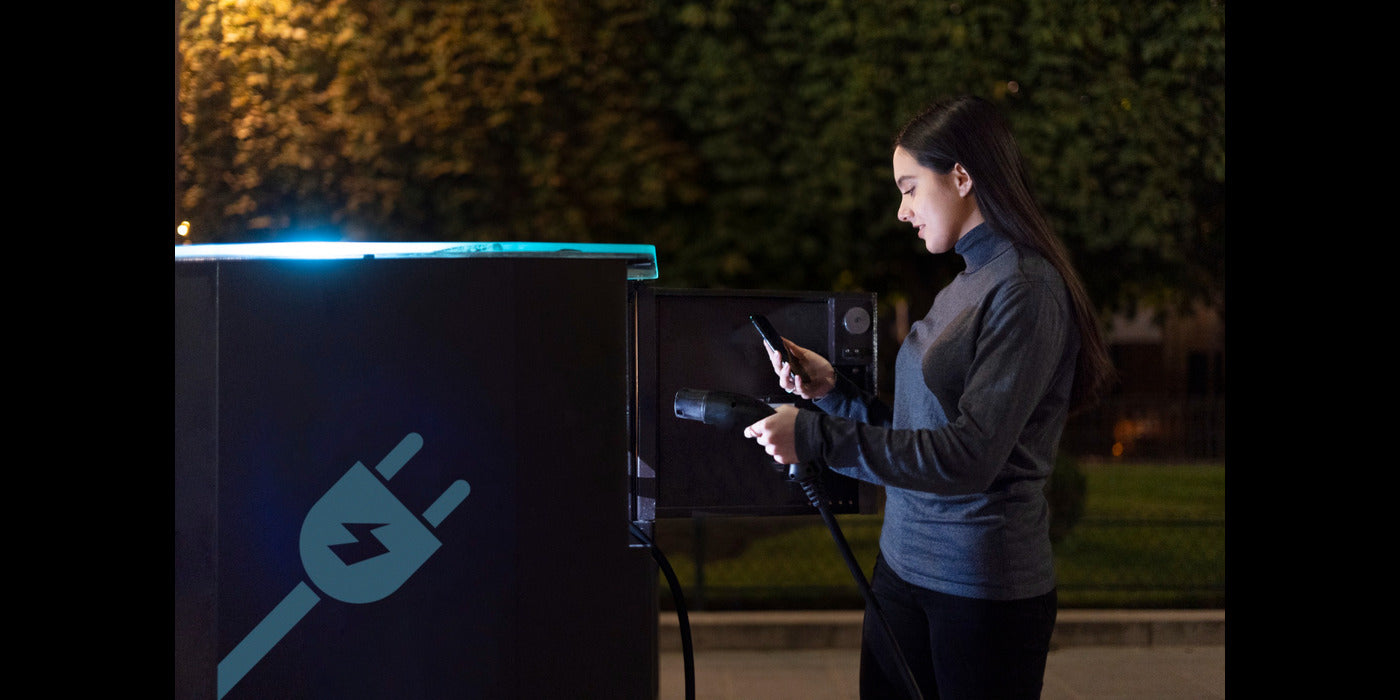Portable power stations are becoming an essential item for anyone who values energy independence, whether for emergencies, camping, or working on the go. While Moerdon offers high-quality, ready-to-use portable power stations, some tech enthusiasts might enjoy building one themselves. This guide will walk you through the essential components, assembly, safety considerations, and when choosing a professional product might be a better option.
What Is a Portable Power Station?
A portable power station is a compact and rechargeable power source that can operate various electronic devices. It usually consists of a lithium-ion battery, inverter, and multiple output ports, including AC, USB, and DC. Unlike gas-powered generators, it’s quiet, lightweight, and eco-friendly. Brands like Moerdon design these stations with versatility, safety, and convenience in mind, offering options for various energy needs.
Understanding the internal mechanisms of portable power systems can help DIY builders avoid design pitfalls. Learn about lithium batteries, charging circuits, and energy conversion by exploring our detailed guide on how portable power banks work and manage energy flow efficiently.
Why Build One Yourself?
Building your own power station can be an educational experience and offer customization that pre-built models might not provide. You can scale battery capacity, select the types of ports you need, and include special features like solar charging compatibility. It’s also a cost-saving solution if you already own compatible parts.
Essential Components You’ll Need
To build a reliable DIY portable power station, you need these core parts:
- Battery Pack (LiFePO4 or Lithium-Ion): Choose one based on desired capacity. A 500Wh battery offers enough power for basic appliances and electronics.
- Battery Management System (BMS): This protects the battery from overcharging, overheating, or deep discharge.
- Pure Sine Wave Inverter: Converts DC power from the battery into AC power for standard household appliances.
- Charge Controller: Especially needed if you want solar charging capabilities.
- Display Screen or Indicator: Shows charge levels, power output, and system status.
- Housing or Enclosure: Must be sturdy, well-ventilated, and compact for portability.
- Ports and Wiring: USB, DC, and AC outlets with appropriate gauges of wire and circuit protection.
Assembly Process
First, securely connect the battery to the BMS and make sure it’s properly insulated. Then, wire the inverter to the battery output and connect your output ports. Attach the charge controller between the battery and solar input (if included). Mount everything in the enclosure. Once done, test your unit under load conditions before regular use.
Safety Considerations
Always follow safety standards while building your own electric power station. Use gloves and goggles when handling batteries. Ensure wires are insulated, connections are secure, and no short-circuits can occur. Moerdon recommends consulting a professional if you’re not experienced with electrical systems. Improper assembly can lead to dangerous results.
Pros and Cons of DIY Power Stations
A DIY battery power station is customizable and can be cost-effective, but it comes with risks. There’s no warranty, and safety depends entirely on the builder’s skill. In contrast, Moerdon’s power stations are thoroughly tested, certified, and come with a manufacturer warranty, making them a reliable and safe choice.
When to Buy Instead of Build
If you need reliable power for essential appliances or frequent travel, a professionally built unit from Moerdon is the smarter investment. It saves time, provides technical support, and ensures optimal performance. Moerdon’s electric power station portable models include safety features, ergonomic designs, and long-lasting batteries tailored for real-world use.
Looking for a compact, plug-and-play energy solution? Moerdon’s Coolnut 150W portable power station is ideal for short trips, emergency kits, or as a backup to your DIY build—offering dependable performance in a lightweight form factor.
Customization vs. Convenience
Customization is the biggest advantage of a DIY station. You can tweak the specs to suit your specific needs. But for most users, convenience matters more. A plug-and-play solution from Moerdon, backed by support and advanced technology, provides peace of mind. It’s especially useful for those with no technical background.
Upgrading a DIY Station Over Time
One benefit of a homemade unit is that it’s easier to upgrade. You can swap out the battery for a higher-capacity version, add solar panels later, or install newer inverters as technology evolves. Moerdon also offers upgrade-friendly products with modular features for evolving energy needs.
Conclusion
Building your own portable power station can be a rewarding DIY project, especially for those interested in electronics and power systems. However, it requires precision, safety awareness, and some investment. For anyone seeking a reliable and ready-to-use solution, Moerdon’s range of electric power stations portable and high-capacity options are the perfect fit for modern energy needs. Whether you build or buy, the goal is the same—stay powered anytime, anywhere.
Moerdon provides a wide range of power solutions that blend innovation with user-centric features. Whether you're building or buying, explore our full catalog of battery stations, solar-compatible units, and accessories tailored for modern energy needs.




Leave a comment
This site is protected by hCaptcha and the hCaptcha Privacy Policy and Terms of Service apply.